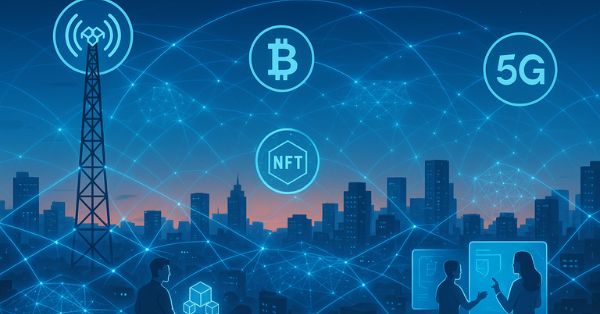Next month, an essential Asia Pacific Telecommunity (APT) assembly is taking place in Brisbane, with a major item on the agenda being the future application of the 6 GHz spectrum band for 5G services in India.
This meeting, set for mid-August, seeks to generate the necessary momentum to collectively advocate for the use of the 6 GHz band across all Region 3 nations, including India, for an economical 5G rollout. This advocacy is a precursor to the World Radio Communications-2023 conference in Dubai in December, where the final verdict will be given.
The key nations that makeup Region 3 are India, China, South Korea, Japan, Thailand, Malaysia, Singapore, Australia, and New Zealand. Recently, China allocated the 6 GHz band for 5G use, setting the stage for the forthcoming APT meeting. This happens at a time when major Indian telecoms and tech companies are engaged in a competitive race for these airwaves.
Several tech corporations, including Google, Meta, Amazon, Microsoft, Cisco, Qualcomm, Intel, and Netflix, propose that the 6 GHz band—capable of internet speeds of up to 10 Gbps—be deregulated to enhance affordable broadband access across rural India via WiFi. However, leading Indian telecom companies such as Reliance Jio, Bharti Airtel, and Vodafone Idea demand this band be auctioned for immediate 5G and future 6G use. The 6 GHz spectrum band spans 5925-to-7125 MHz (or 1200 units).
A senior telecom industry executive revealed to ET that the APG, a faction within the APT, is meeting next month to align key Region 3 wireless/spectrum issues, like the 6 GHz band deployment for 5G, and present a unified proposal at the WRC-2023 conference. The executive also mentioned that several Region 3 nations are eager to hear India’s stance at the APG meeting, hoping for its endorsement of the 6 GHz band deployment for 5G, especially after China’s recent similar allocation.
This alignment could set the stage for harmonization of the 6 GHz band, fostering a cost-effective ecosystem for 5G devices and networks centered around these airwaves.
The APT is an inter-governmental body established by the ITU and United Nations Economic & Social Commission for Asia & the Pacific (UNESCAP) to promote ICT policy and regulatory coordination in the Asia-Pacific region.
Previously, the Cellular Operators Association of India (COAI) informed the Department of Telecommunications (DoT) that the 6 GHz spectrum is the only mid-band range that could offer a contiguous bandwidth of 300-400 units per telecom provider to meet increasing demands by 2030. The COAI noted that the 6 GHz band offers a balance of broad coverage and capacity, vital for swift and economical 5G deployment in India and satisfying the rapidly growing data needs on affordable terms.
However, tech giants argued that the 6 GHz band is the only viable option for WiFi, given the scarcity of WiFi spectrum in the 2.4/5 GHz bands, which is causing congestion and impacting WiFi service quality in the country.



























